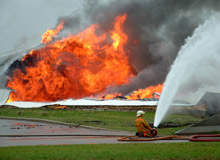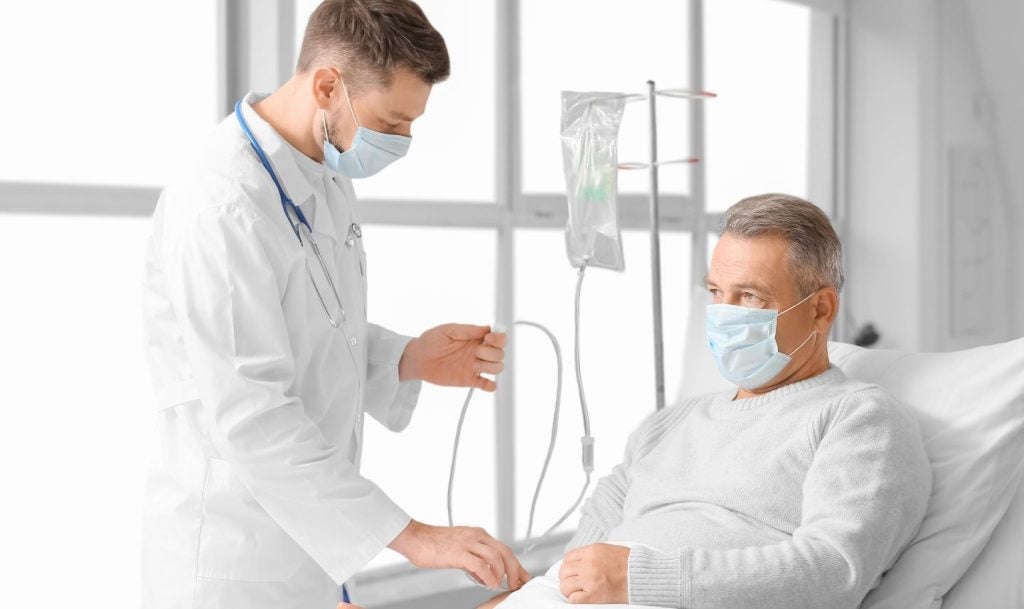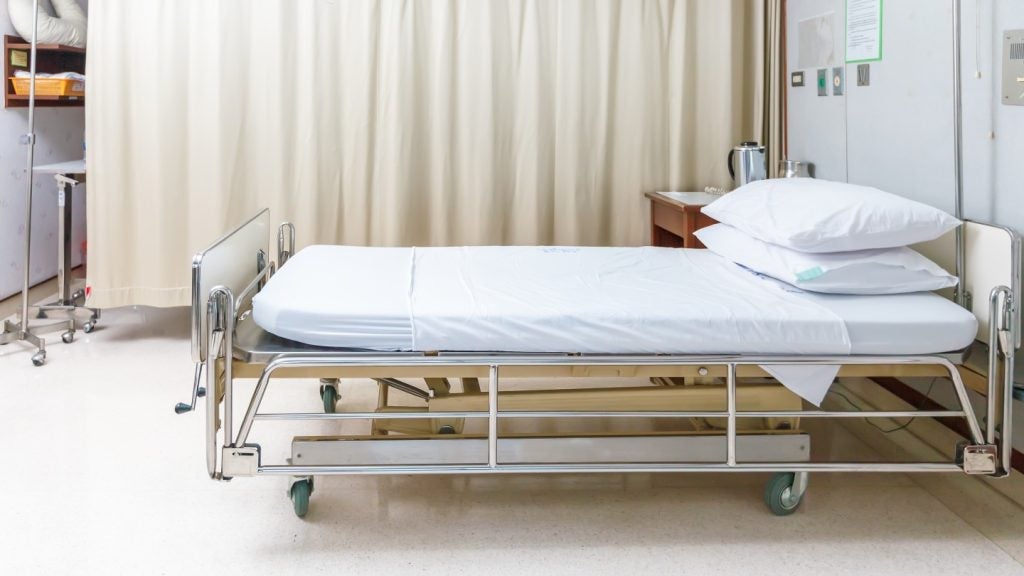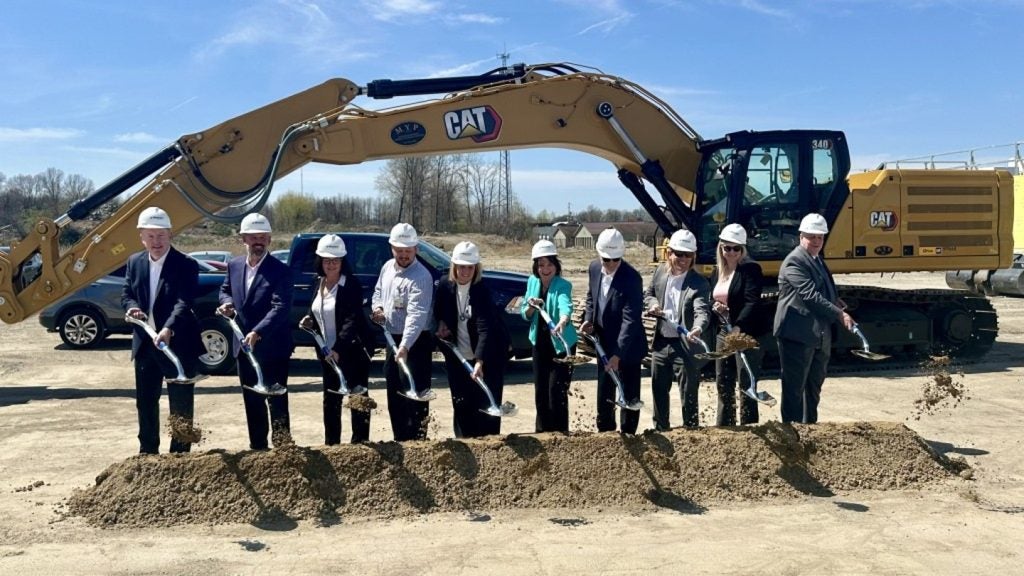
It has been said that disasters can turn hospitals into casualties. As the world around us appears beset by threats from hurricanes to terrorism, for hospitals – where the business model is built on dealing with emergencies – managing the fallout from a mass event requires secure and reliable communication.
Increasingly the technology required is coming from the internet and software applications designed to help hospitals prepare for, manage and recover from disasters.
In the past, emergency preparedness focused on the readiness of medical response, covering issues like triage, evacuation and transport of casualties. However, there was the unproven presumption that hospital management would just continue to flow automatically.
Recent events, however, have shown that hospitals can quickly be overwhelmed in a disaster. Incidents like those of Hurricanes Katrina and more recently Hanna, Gustav and Ike have illustrated that even in countries where facilities are thought to be large, modern and sufficiently equipped, emergency preparedness is tested to its limit.
Following the terrorist attacks of 11 September 2001, the US established the National Incident Management Plan which dictates a national template for government and private sector organisations to: “work together effectively and efficiently to prepare for, prevent, respond to and recover from domestic incidents, regardless of cause, size or complexity, including acts of catastrophic terrorism.”
See Also:
As a result, interoperable communications which aid cooperation between hospitals and emergency response teams in the vicinity of a disaster are now the focus. These are set to work alongside better training and planning which can help move hospital staff as opposed to patients.
How well do you really know your competitors?
Access the most comprehensive Company Profiles on the market, powered by GlobalData. Save hours of research. Gain competitive edge.

Thank you!
Your download email will arrive shortly
Not ready to buy yet? Download a free sample
We are confident about the unique quality of our Company Profiles. However, we want you to make the most beneficial decision for your business, so we offer a free sample that you can download by submitting the below form
By GlobalDataPutting procedures in place
In October 2006 new, federally sponsored standards and guidelines for hospital incident preparedness and response were drawn up in the US. The US Department of Health and Human Services (HHS) designated the Hospital Incident Command System IV (HICS IV) as the hospital industry’s route to achieving compliance with National Incident Management Systems (NIMS).
All hospitals who received federal funding to implement the plan were due to have it operational at the end of September 2008.
Los Angeles-based PortBlue is providing ICS solutions to over 200 US hospitals throughout California, Los Angeles and Texas, to meet NIMS requirements with its CommandAware hospital incident management software. PortBlue chief executive Paul Dimitruk says the heart of CommandAware is the interactive dashboard covering each role in the command structure. This includes all disaster management professionals, clinical personnel and hospital administration.
The dashboards automatically customise by hazard, and provide hazard-specific job action sheets for each role, with all HICS IV documentation imbedded in the job action sheets and available for completion online.
The system provides hospital managers with situation awareness, answering questions from how many ventilators an Intensive Care Unit might have available to whether the engineering department has fixed the drains.
Data can be “rolled up” from the unit level, to the facility, system and regional levels and operates at all levels of incident management from preparation to mitigation, response and recovery. The system also works on a day-to-day level to track beds, supplies, equipment and personnel.
Dimitruk says CommandAware has performed well in the recent surge of disasters across America, including Hurricanes Gustav, Hanna and Ike, in the recent Southern California earthquake and in the recent tragic Metro train wreck in Los Angeles. “The system has proven very effective, particularly as a communications platform when other forms of communication backed up or failed,” he says. “During Ike, the mobile phone and other incident command systems were largely down, but CommandAware was up throughout.”
The system also offers up-to-date chemical and biological agent identification and treatment protocols. Dimitruk says because HICS IV tenets are built into the application, the education burden on staff is reduced.
“Users can apply best practices, even if they aren’t disaster management experts or haven’t yet received HICS IV training,” he explains. “CommandAware simplifies the process of assigning different responsibilities to staff members under different hazard conditions. For example, with a few clicks, emergency management staff can establish different response teams and procedures for a tornado versus an earthquake.”
The system will get its largest test in November when it will be part of a massive six-day-long earthquake drill, “Great Southern ShakeOut”. The County of Los Angeles has directed all hospitals in the county to use CommandAware for the drill.
Global efforts
In the UK the NHS updated its Emergency Planning Guidance in December 2007, refreshing the section on command, control and co-ordination. The guidance focuses on co-ordination between Trusts, Special Health Authorities and Primary Care Organisations and establishes a command and response structure and guidelines.
The guidance covers health authorities within their respective regional boundaries, while also taking into account the possible need for networking between Scotland, Wales, Northern Ireland and colleagues in the wider EU on aid missions.
Nottingham University Hospitals NHS Trust is at the forefront of emergency preparedness in the UK, investing more than £1m over the last year to improve its resilience and emergency preparedness. The Trust has invested over half a million on enhancing emergency communication and site security, with new video conferencing facilities, as well as £150,000 on mass disaster equipment, £39,000 on new oxygen units and a remaining £30,000 on new flying squad equipment.
The communication facilities were provided by US-based LifeSize, a high definition video communications product which allows staff to communicate and interact from distance at any bandwidth.
“The video and audio quality of LifeSize Room, and the ability to share clinical information at a much higher level than has been available in the past, is incredible,” said Rob Hall from Nottingham University Hospitals NHS Trusts’ ICT Department at its launch. “LifeSize Room has to be seen by clinicians to understand the full extent of its potential uses in healthcare.”
The hospital has also signed a multi-million pound deal with Cisco to implement a network infrastructure which will support a range of applications to help enhance healthcare services. One of the main benefits is access to a wireless network, providing real-time access to information at the bedside and ensuring that clinicians can be contacted anywhere on site.
The project started in April 2008 and is due for completion in March 2010.
“The Cisco Medical-Grade Network connects all stakeholders in the healthcare system to one information and communications infrastructure as a connected healthcare ecosystem and provides the foundation for advanced healthcare solutions,” said Terry Espiner, regional sales manager for Cisco, when the announcement was made.
“The Nottingham University Hospitals NHS Trust is set to become one of the UK’s showcase examples of how healthcare providers can use networking technologies to transform the delivery of healthcare services.”
Interoperability is the way forward
Whether preparing for a mass antidote administration or dealing with mass casualties, in a post 9/11 environment, hospitals around the world must develop specific emergency management plans. A white paper from software giant Oracle says interoperable data sharing is the way forward for security and emergency planning, emphasising the need to develop new ways to share data across agencies and government offices.
Oracle has a series of products that can be used together to build integrated systems capable of pulling and displaying data from multiple sources.
Information could then be made available to first responders and other government agencies. In some cases, the information can be provided via single sign-on systems developed specifically for incident management.
Other web-based applications like mapping technology being used by the US Center for Disease Control and Prevention’s Injury department will also aid preparedness. The same tool could be used by healthcare professionals to create regional maps illustrating illness patterns and virus movements, which in turn can help policy makers form decisions and support public health initiatives.
As Government departments, Health Authorities and Trusts increasingly need to share information, interoperable data sharing, secure communications and reliable planning systems are becoming the vital keys to ensuring emergency preparedness.






